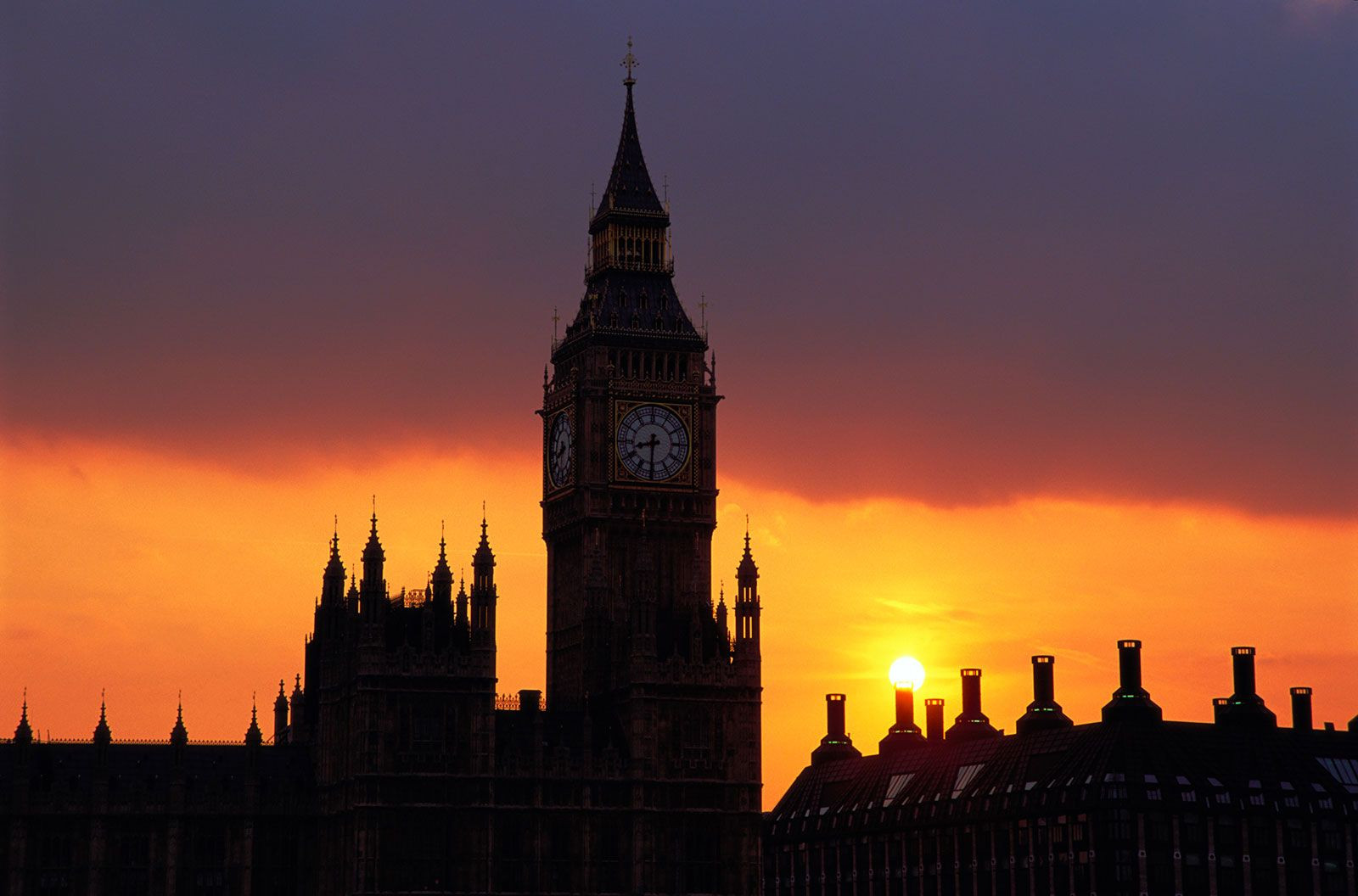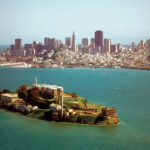London stands as a global metropolis, steeped in history and renowned as a cosmopolitan hub. But Where Is London exactly? This iconic city is the capital of the United Kingdom and is geographically situated in the southeastern region of England. Its position has been pivotal to its growth and influence throughout centuries.
London’s strategic location is intrinsically linked to the River Thames. The city is built astride this famous river, approximately 50 miles (80 km) inland from where the Thames meets the North Sea at its estuary. This placement offered historical advantages for trade and defense, allowing ships to navigate inland while still being connected to the sea.
Looking at London from a wider perspective, satellite imagery reveals the city nestled within a designated Green Belt. This ring of open space helps to contain urban sprawl. The M25 motorway, London’s main ring road, encircles the city at roughly a 20-mile (30 km) radius from the city center, further defining its physical boundaries. Urban planning policies since the mid-1950s have played a significant role in shaping and limiting the outward expansion of London’s built-up areas.
Administratively, London’s physical limits are closely aligned with the boundaries of Greater London. This metropolitan county is surrounded by the “home counties.” To the south of the River Thames, these are Kent, Surrey, and Berkshire. To the north, they are Buckinghamshire, Hertfordshire, and Essex. Historically, counties like Middlesex also played a role in the regional geography, with parts now incorporated into Greater London.
Greater London itself encompasses a substantial area of 607 square miles (1,572 square km). It is a densely populated region, home to over 8 million people, according to recent estimates. This concentrated population underscores London’s role as a major urban center within the United Kingdom and globally.
In conclusion, London’s location in southeastern England, along the River Thames, is fundamental to understanding its development and importance. Defined by both natural features and planning, London’s geography is a key aspect of what makes it such a significant global city.


 Big Ben
Big Ben